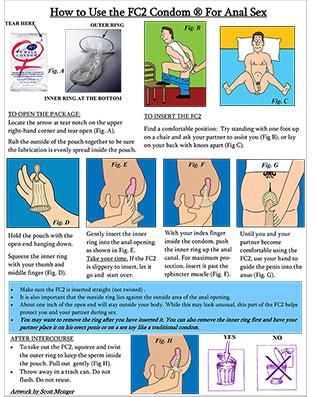OUR NEW PHONE NUMBER: 628-217-6600.
- Drop-ins are accepted based on availability.
- If you are coming to clinic for a PrEP follow-up visit, please call ahead to talk to the PrEP team: 628-217-6692
- Not every patient will be tested for HIV and other STIs. It depends on your sexual practices and drug use. Call ahead if you would like to find out what tests you will be offered at your visit: 628-217-6600


